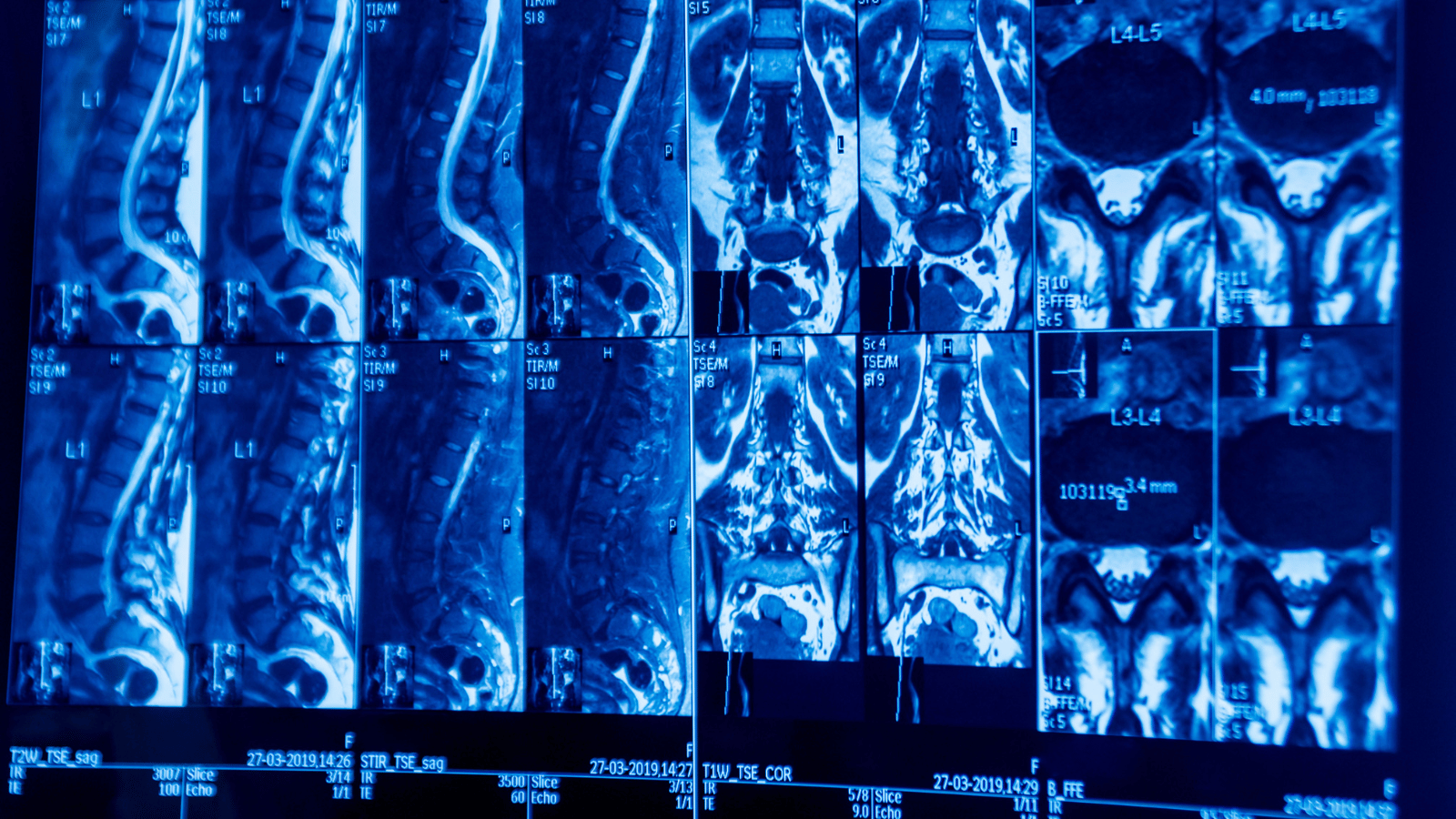Anyone who has ever suffered from low back pain has probably tried a few things to fix it. Maybe some physio, a few stretches, painkillers, or even just hoping it goes away. But with so many options out there, how do we know what actually helps?
That’s exactly what researchers including UCRH’s Simon Davidson set out to answer.
Their new study, published in BMJ Evidence-Based Medicine, looked at over 300 clinical trials to figure out which non-surgical treatments for low back pain actually work better than a placebo. That means they weren’t just checking if something helped: they were checking if it helped more than doing nothing.
Here’s what they found:
- For acute low back pain (less than 12 weeks), only NSAIDs (like ibuprofen) showed clear benefits.
- For chronic low back pain (more than 12 weeks), five treatments had small but real effects: exercise, spinal manipulation, taping, antidepressants, and TRPV1 agonists (a type of pain relief).
- Other treatments, including paracetamol, antibiotics, and steroid injections, didn’t show much benefit at all.
The big takeaway? Only about 1 in 10 treatments actually worked better than placebo, and even then, the effects were small. Most treatments didn’t have strong enough evidence to say whether they help or not.
Simon and the research team believe we need better-quality research to figure out what really works.


